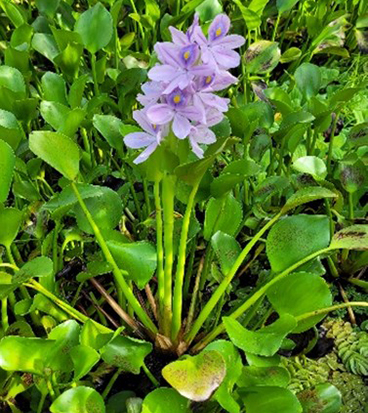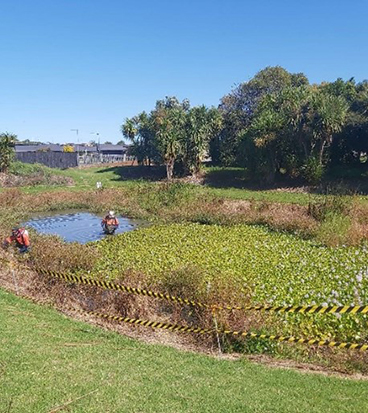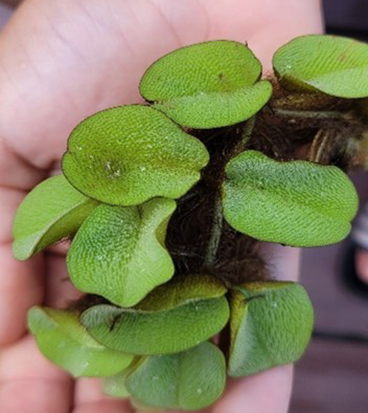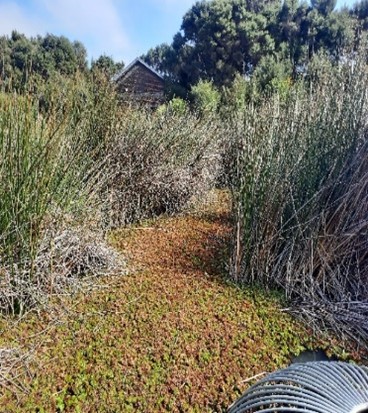Tell us immediately if you see salvinia or water hyacinth
If you spot salvinia or water hyacinth in your area, it's crucial to act quickly. These invasive plants pose a serious threat. Reporting them helps prevent their spread.
Biosecurity New Zealand will safely dispose of these plants, at no cost to you.
Contact us on freephone 0800 80 99 66 or use the online report form.
Your efforts are vital in stopping the spread of these invasive plants.
What these plants look like
The impact of salvinia and water hyacinth on our waterways
Salvinia and water hyacinth are notorious for rapidly growing into dense, floating mats that can quickly smother water surfaces. These invasive plants pose significant threats to our waterways, and it is critical to avoid introducing them into ponds or aquariums.
Why they are a problem
- They displace native plants: Salvinia and water hyacinth outcompete and choke out native aquatic plants, creating dense mats that prevent sunlight and oxygen from reaching the water below. Before long, the water becomes almost completely hidden beneath their thick growth.
- Water quality decreases: As these plants multiply, they degrade water quality, making it difficult for other plants and aquatic life to thrive.
- They block waterways: These plants can obstruct drains, water channels, and irrigation systems, leading to serious consequences like flooding and disruptions to hydroelectric power generation.
- They increase the drowning risk for people and animals: Dense infestations on the surface of water can trap people and animals under them.
How to help combat salvinia and water hyacinth
Salvinia and water hyacinth are not native to New Zealand. They are highly invasive and, under New Zealand law, are classified as unwanted and notifiable organisms. As such, they cannot legally be grown, sold, or shared within the country. If you see them, you have to report them.
To help prevent their spread:
- do not grow salvinia or water hyacinth in your pond or aquarium.
- refrain from sharing these plants with others or distributing them in any way.
- encourage others to avoid cultivating these species.
- never release aquatic plants into the wild. Many invasive species start as discarded garden or pond plants. Biosecurity New Zealand can dispose of these invasive plants safely.
Together, we can protect our waterways and native ecosystems from these harmful invaders.
Find out more
Salvinia fact sheet [PDF, 958 KB]
Water hyacinth fact sheet [PDF, 1 MB]
National Interest Pest Responses programme












